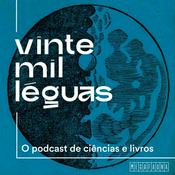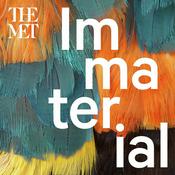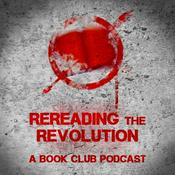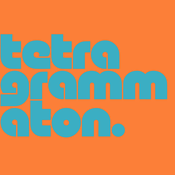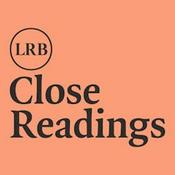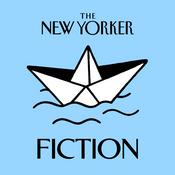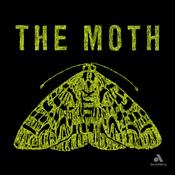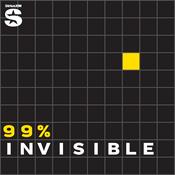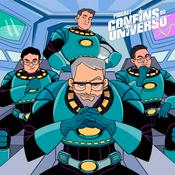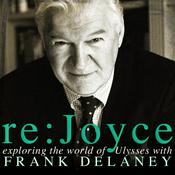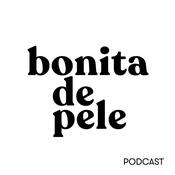Episódios Disponíveis
5 de 109
- The Best Art Exhibitions of 2025Helen Molesworth and Steve Locke sort through the many exhibitions of the last year to highlight their favorites, from Jack Whitten at MoMA and Stanley Whitney at the ICA/Boston, to Bo Bartlett and Lisa Yuskavage.--------29:39
- Kerry James Marshall, Modern MasterHelen Molesworth invites curator Mark Godfrey and artists Arthur Jafa and Steve Locke to discuss the work of Kerry James Marshall on the occasion of his acclaimed survey exhibition at the Royal Academy of Arts, London. Kerry James Marshall: The Histories is on view through January 18, 2026 and will travel next to the Kunsthaus Zürich in Zurich, Switzerland, and the Musée d’art Moderne in Paris, France. Mark Godfrey is the curator of Kerry James Marshall: The Histories at the Royal Academy of Arts. He is co-director of New Curators, a one-year curatorial training program for international curators from lower socio-economic backgrounds. He was Senior Curator, International Art at Tate Modern from 2007-2021. Arthur Jafa is an artist and filmmaker whose practice comprises films, artefacts and happenings that reference and question the universal and specific articulations of Black being. Steve Locke is a contemporary artist and educator based in Brooklyn, New York.--------51:50
- Special Episode | On Diane Arbus with Francine Prose, David Salle, and Neil SelkirkHelen is joined by writer Francine Prose, artist David Salle, and photographer Neil Selkirk for a conversation about Arbus’s singular importance. Francine Prose’s new novel, Five Weeks in the Country, will be published in May. David Salle is a painter and essayist living in New York. Neil Selkirk is a photographer and filmmaker and the only person to print the photographs of Diane Arbus other than the photographer herself. Visit two exhibitions of Arbus on view this fall: Diane Arbus: Konstellationen is on view at Gropius Bau in Berlin, Germany through January 18, 2026 and Diane Arbus: Sanctum Sanctorum is on view at David Zwirner London through December 20, 2025.--------40:21
- The Infinite Yayoi KusamaAn episode dedicated to Yayoi Kusama: arguably the most famous artist in the world and yet among the most indefinable, elusive, and transformative. Helen Molesworth is joined by scholar Jennifer DeVere Brody, art critic Johanna Fateman, and curator Catherine Taft to unpack the many versions of Yayoi Kusama—and her singular importance in 20th and 21st century art. A global travelling retrospective of Yayoi Kusama opens at the Fondation Beyeler in Switzerland in October 2025; it will travel to the Museum Ludwig in Cologne in Spring 2026, and the Stedelijk Museum in Amsterdam in Fall 2026. Jennifer DeVere Brody is Professor of Theater & Performance studies, and, by courtesy, African & African American Studies at Stanford University. A Guggenheim Fellowship in Fine Arts Research supported her forthcoming book, Moving Stones: About the Art of Edmonia Lewis (Duke UPress, 2026). Johanna Fateman is a writer, co-chief art critic at Cultured Mag, and a member of the band Le Tigre. Catherine Taft is a writer and curator and deputy director of The Brick, a non-profit exhibition space in Los Angeles.--------37:34
- An Art Historian’s View of How We Got Here with Jonathan CraryHelen Molesworth speaks to art historian and culture critic Jonathan Crary, whose recent books Scorched Earth and 24/7 constitute both a polemic against what he calls the “internet complex”—and a diagnosis of where society is now. Jonathan Crary is Meyer Schapiro Professor of Modern Art and Theory at Columbia University and is a founding coeditor of Zone Books.--------32:48
Mais podcasts de Arte
Podcasts em tendência em Arte
Sobre Dialogues: The David Zwirner Podcast
What we talk about when we talk about art. Exceptional makers and thinkers across art, literature, film, fashion, music, and more come together to talk about what it means to make things today.
Site de podcastOuça Dialogues: The David Zwirner Podcast, Service95 Book Club With Dua Lipa e muitos outros podcasts de todo o mundo com o aplicativo o radio.net
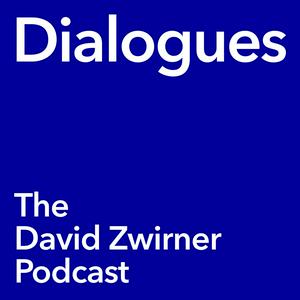
Obtenha o aplicativo gratuito radio.net
- Guardar rádios e podcasts favoritos
- Transmissão via Wi-Fi ou Bluetooth
- Carplay & Android Audo compatìvel
- E ainda mais funções
Obtenha o aplicativo gratuito radio.net
- Guardar rádios e podcasts favoritos
- Transmissão via Wi-Fi ou Bluetooth
- Carplay & Android Audo compatìvel
- E ainda mais funções


Dialogues: The David Zwirner Podcast
Leia o código,
baixe o aplicativo,
ouça.
baixe o aplicativo,
ouça.








